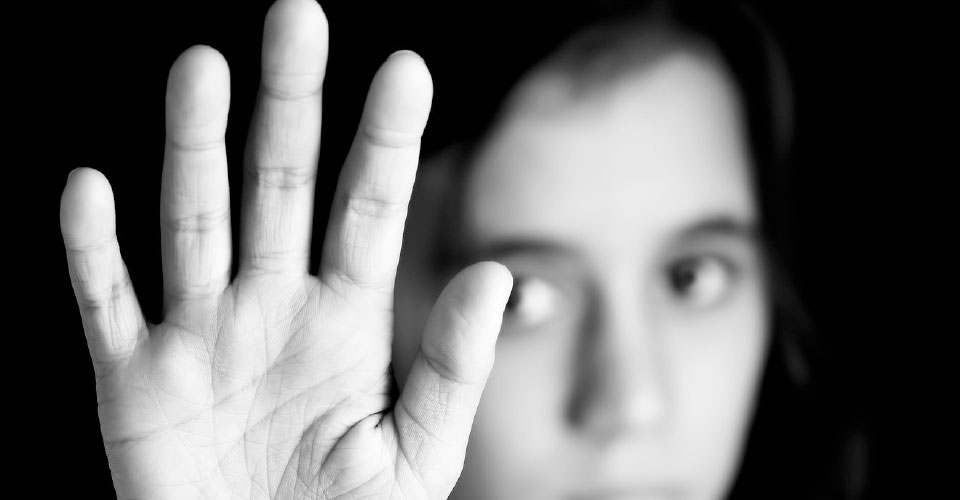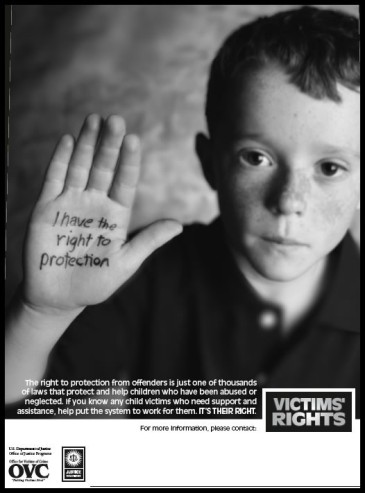-
Choose your child’s costume wisely by looking for a label that indicates flame-resistance on any costumes, wigs, and headpieces you purchase. If you’re making the costume yourself, examine the fabric content and talk the salesperson to help you choose the least flammable material.
-
Hypoallergenic, non-toxic face paint is a better choice than a mask, which may obscure your child’s vision and hinder breathing ability.
-
Be sure to avoid oversized costumes and shoes that can trip your child.
-
Select light or bright colored costumes when possible. This makes it easier for drivers to spot trick-or-treaters. For costumes that have to be dark, attach reflective
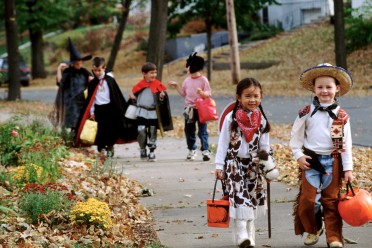 tape to the costume for visibility. A few strips on the back, front, and goodie bag should do the trick.
tape to the costume for visibility. A few strips on the back, front, and goodie bag should do the trick. -
Ensure your child’s emergency information (name, number, and address) are somewhere on his clothes or on a bracelet if you’re not going to be with him/her.
-
Choose accessories that are smooth and flexible. Look for swords, knives, and other accessories that don’t look too realistic or have sharp ends or points.
-
Wait until children are home to sort and check treats. Yes, some will want to begin immediately so please be sure they are aware that waiting is part of the process.
-
The signs of candy that has been tampered with or could be dangerous are as follows:An unusual appearance or discoloration
Tiny pinholes or tears in wrappers
Spoiled or unwrapped items
Homemade items or baked goods should be discarded unless you personally know who gave them.
-
Tell children not to accept — and, especially, not to eat–anything that isn’t commercially wrapped.
-
Parents of young children should also remove any choking hazards such as gum, peanuts, hard candies and small toys.
-
Remember, when it doubt THROW IT OUT! (If you have questions about possibly tainted candy you can also contact the Poison Control Center at 800-222-1222 or your local police department for assistance.
-
A parent or responsible adult should always accompany young children on their neighborhood rounds.
-
Obtain flashlights with fresh batteries for all children and their escorts.
-
If your older children are going alone, plan and review the route that is acceptable to you. Agree on a specific time when they should return home.
-
Only go to homes with a porch light on and never enter a home or car for a treat.
-
Because pedestrian injuries are the most common injuries to children on Halloween, remind Trick-or-Treaters:
-
Stay in a group and communicate where they will be going.
-
Remember reflective tape for costumes and trick-or-treat bags.
-
Carry a cellphone for quick communication.
-
Remain on well-lit streets and always use the sidewalk.
-
If no sidewalk is available, walk at the far edge of the roadway facing traffic.
-
Never cut across yards or use alleys.
-
Only cross the street as a group in established crosswalks (as recognized by local custom). Never cross between parked cars or out driveways.
-
Don’t assume the right of way. Motorists may have trouble seeing Trick-or-Treaters. Just because one car stops, doesn’t mean others will!
-
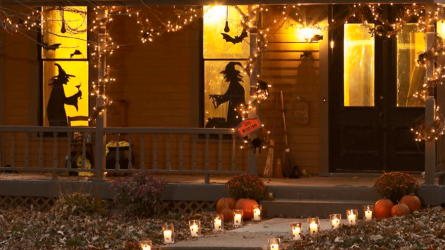 If you are out and about on the night these little gremlins are trick-or-treating, please remember to be extra cautious while driving and keep your eyes peeled for children darting out from between vehicles or in odd places that aren’t crosswalks.
If you are out and about on the night these little gremlins are trick-or-treating, please remember to be extra cautious while driving and keep your eyes peeled for children darting out from between vehicles or in odd places that aren’t crosswalks.Your friends at Close Range Safety Training Academy

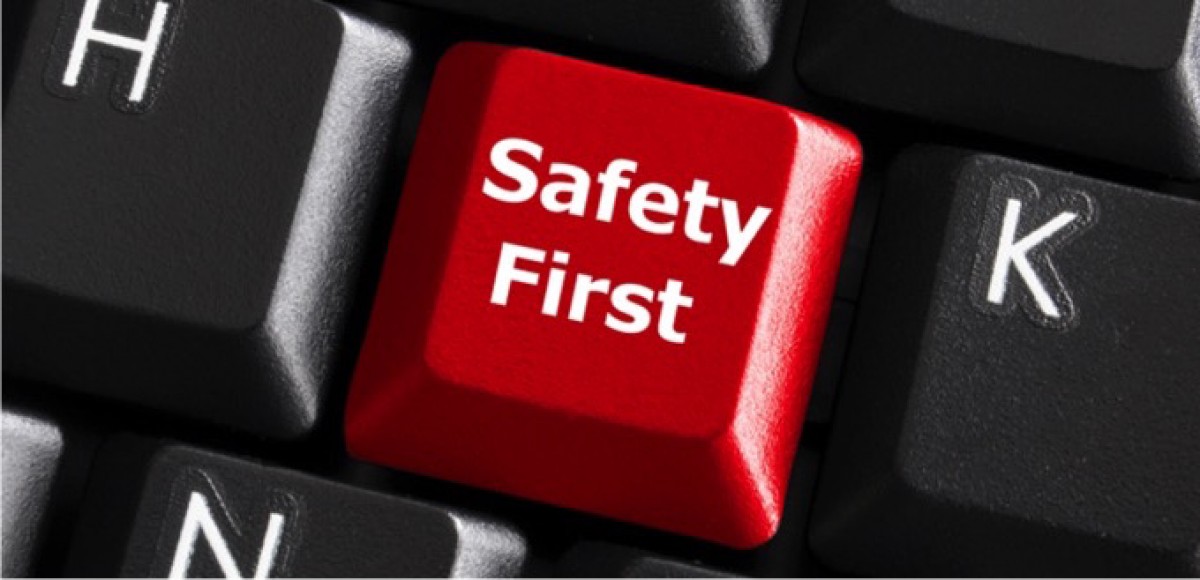

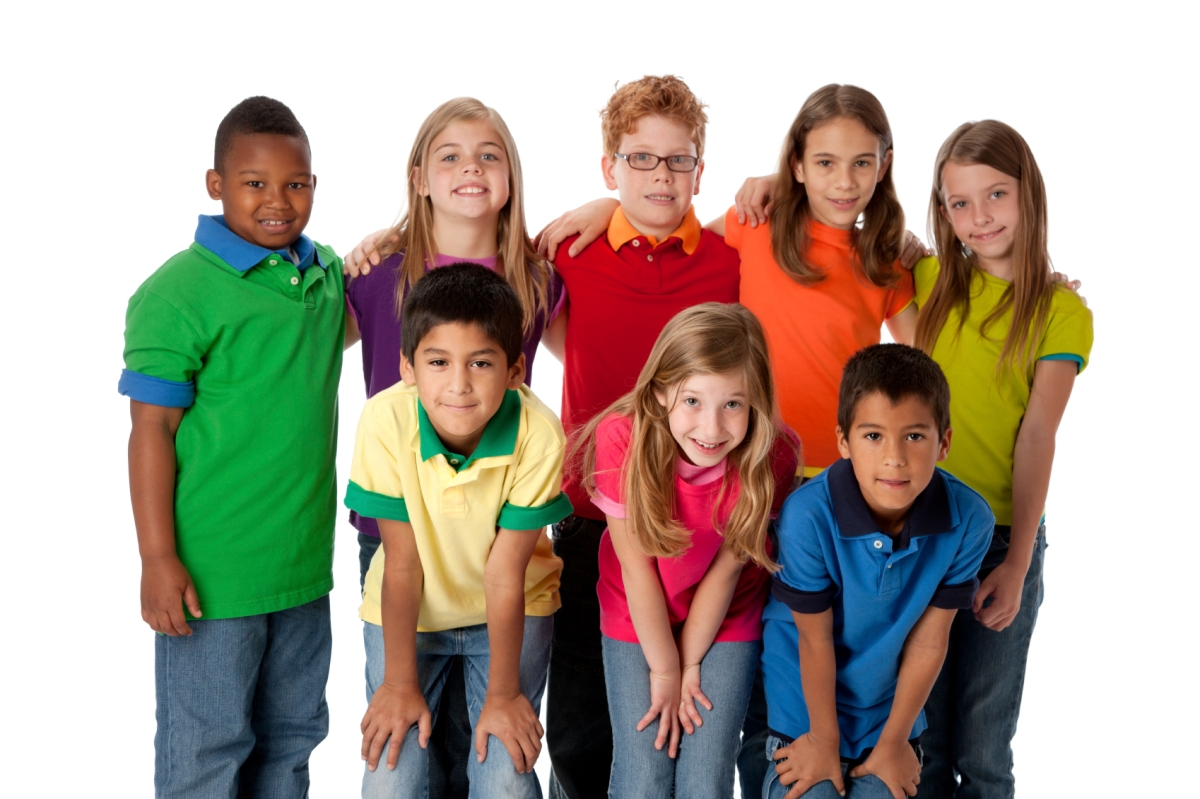
 Mental Health Advocates have found a link between bullying and a higher risk of mental health problems during childhood, such as low self-esteem, poor school performance, depression and an increased risk for suicide. But less is known about the long-term psychological health of adults who, as children, were bullies or victims of bullying. When a child is both a bully and bullied by their peers, this is a red flag and can indicate that the youngster has other serious psychiatric problems, and often, these children are at high risk for later adversities in adulthood, including a wide range of mental health problems.
Mental Health Advocates have found a link between bullying and a higher risk of mental health problems during childhood, such as low self-esteem, poor school performance, depression and an increased risk for suicide. But less is known about the long-term psychological health of adults who, as children, were bullies or victims of bullying. When a child is both a bully and bullied by their peers, this is a red flag and can indicate that the youngster has other serious psychiatric problems, and often, these children are at high risk for later adversities in adulthood, including a wide range of mental health problems.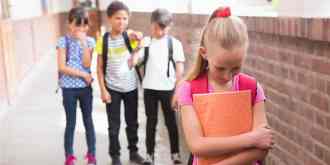
 Many households have single parents trying to hold it all together, or even with two parents it can be hard in modern society to make time for your children when so much other responsibility is baring down on you to be able to provide for them. It’s easy to lose focus on what makes quality family time when you are in a situation that brings your work home with you or many other issues that can consume most of your time. Life is hard enough but being a parent is no small challenge, especially in this day and age. Do what you must to schedule time with your child(ren) daily and if there is more time available on weekends, use it wisely. Pay attention to homework and school activities. Be as involved as you possibly can in your child’s lives. (Families for Life offers a great list of tips to help you build a better family life in a hectic world –
Many households have single parents trying to hold it all together, or even with two parents it can be hard in modern society to make time for your children when so much other responsibility is baring down on you to be able to provide for them. It’s easy to lose focus on what makes quality family time when you are in a situation that brings your work home with you or many other issues that can consume most of your time. Life is hard enough but being a parent is no small challenge, especially in this day and age. Do what you must to schedule time with your child(ren) daily and if there is more time available on weekends, use it wisely. Pay attention to homework and school activities. Be as involved as you possibly can in your child’s lives. (Families for Life offers a great list of tips to help you build a better family life in a hectic world – 

 Guard Approved Life Jacket
Guard Approved Life Jacket Whenever a child is missing, check the pool first. Every second counts! If you find a child in the water, instantly get him/her out and call to others for help. Make sure someone has called 9-1-1 immediately. Check to make sure the child’s air passages are clear. If the child is not breathing, start CPR if you are trained to do so. When the emergency number is called, follow the instructions the emergency operators provide. If you suspect the child has suffered a neck injury, such as from diving, keep the child on his/her back and brace the neck and shoulders with your hands and forearms to help keep the neck from moving to minimize further injury until emergency help arrives. This type of immobilization is best done by someone who is trained in the technique. Keep the child still and speak in calm tones to keep the child comforted. Continue to watch for adequate breathing.
Whenever a child is missing, check the pool first. Every second counts! If you find a child in the water, instantly get him/her out and call to others for help. Make sure someone has called 9-1-1 immediately. Check to make sure the child’s air passages are clear. If the child is not breathing, start CPR if you are trained to do so. When the emergency number is called, follow the instructions the emergency operators provide. If you suspect the child has suffered a neck injury, such as from diving, keep the child on his/her back and brace the neck and shoulders with your hands and forearms to help keep the neck from moving to minimize further injury until emergency help arrives. This type of immobilization is best done by someone who is trained in the technique. Keep the child still and speak in calm tones to keep the child comforted. Continue to watch for adequate breathing.